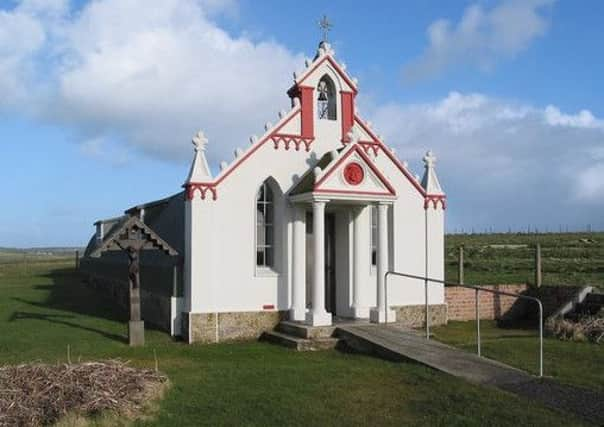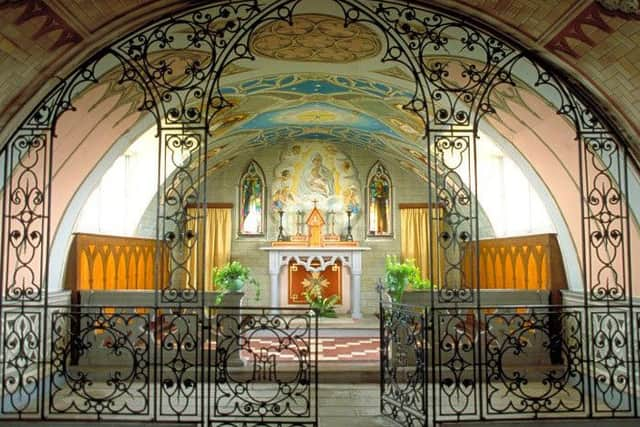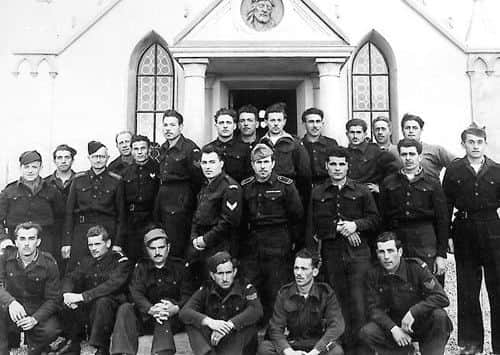Scotland’s hidden wonders: Orkney’s Italian Chapel


WHAT IS IT?
Early in 1942, Italian PoWs were shipped to Orkney to build east-facing defences for Scapa Flow after a deadly torpedo attack on HMS Royal Oak by the German submarine U-47, causing the loss of 833 lives in 1939. Constructed of two Nissen huts joined end-to-end, Italian prisoners of war based in Orkney were allowed to construct the Roman Catholic church on the condition that it was made outside of their working day.
WHERE IS IT?
Located on the island of Lamb Holm, the chapel is the only notable attraction in the area, which is otherwise uninhabited. Lamb Holm itself is in Holm Sound, one of the eastern entrances of Scapa Flow, and is a mere 40 hectares in size.
Advertisement
Hide AdAdvertisement
Hide AdIt’s also signposted on the A961 road, and can be reached from the Orkney mainland via the first Churchill Barrier.
WHEN WAS IT BUILT?
The painstaking construction of the chapel began in 1943, after Father Giacobazzi and Domenico Chiocchetti persuaded camp leader Major T P Buckland of the need for a place of prayer for the 550 Italians living and working there.


Completed just after September 1944, the chapel was made of a mix of materials including concrete, a car exhaust for the baptismal font and even corned beef tins for the light holders. It saw light use by the Italian community during the remainder of the war.
WHO DESIGNED IT?
No-one is singularly responsible for the ornate grandeur of the chapel: it was a combined effort of the men who pitched in with their individual skills. While PoW Chiocchetti led the project, fellow prisoners helped during the build, with some handling the wiring of the building while others poured and formed the cement.
The chapel itself is a collection of scavenged parts, with the altar and holy water stoop made of concrete. Plasterboard forms the sanctuary of the chapel, while PoW Domenico Buttapasta has been widely credited with the construction of the Gothic turrets with archway and bell-tower at the entrance.


Chiocchetti remained on the island for two weeks in order to finish the font he was working on after his fellow inmates were shipped out in autumn 1944 following the completion of the Churchill Barriers.
IS IT A TOURIST ATTRACTION?
Yes. it’s rated as a three-star attraction by the Scottish Tourist Board and is open to the public all year round, with the exception of Christmas and New Year’s Day.
Orkney even has its own Chapel Preservation Committee run by local residents, with some Italian prisoners returning to the site in 1992 to mark the fiftieth anniversary of their arrival to Lamb Holm.